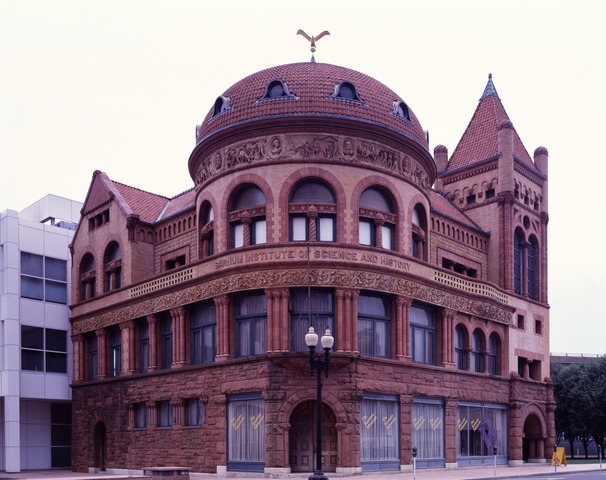The percentage of New Yorkers without health insurance declined every year from 2010 and 2021, reaching a level of 5.2%.

According to a study released by state Comptroller Thomas P. DiNapoli, the state average for 2021 (the most recent year for the tracking of this data) was below the national average of 8.6% and less than half of the 11.9% level from 2010.
DiNapoli attributed the decline to the state”™s enrollment in public health insurance programs, which provided coverage to four in 10 New Yorkers in 2021. New York was tied with Connecticut for the 10th lowest rate of uninsured in 2021, which is the most recent year for which U.S. Census Bureau data are available.
Still, disparities persisted in coverage for the state”™s nonwhite and lower income populations. During 2021, 3% of white New Yorkers did not have insurance, compared to 10% of Hispanic and 6% of Black and Asian New Yorkers. The highest uninsured rates were in households with incomes between $25,000 and $49,000.
Furthermore, the rates of New Yorkers enrolled in Medicaid increased from 20.2% in 2010 to 27.7% in 2021 and surpassed national Medicaid enrollment rates every year ”“ although DiNapoli attributed that spike to pandemic-era enrollment in Medicaid that broke national records.
“Public policies over the last decade have had a significant impact in reducing the number of uninsured New Yorkers,” DiNapoli said. “As the state begins reprocessing eligibility determinations for public health insurance, continued transparency and reporting will be essential for understanding the implications for coverage rates among New Yorkers of all races and ethnicities and on the state”™s budget.”



















